alpha-Amylcinnamaldehyde
Synonym(s):2-Pentyl cinnamaldehyde;alpha-Amylcinnamaldehyde
- CAS NO.:122-40-7
- Empirical Formula: C14H18O
- Molecular Weight: 202.29
- MDL number: MFCD00006988
- EINECS: 204-541-5
- SAFETY DATA SHEET (SDS)
- Update Date: 2025-12-17 09:49:31
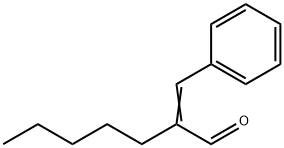
What is alpha-Amylcinnamaldehyde?
Description
Amylcinnamic aldehyde is an oxidation product of amylcinnamic alcohol, one component of the "fragrance mix" and can be found as a sensitizer in cases of contact dermatitis in bakers.
Chemical properties
Light yellow transparent liquid
Chemical properties
alpha-Amylcinnamaldehyde has been identified
as an aroma volatile of black tea. It is a light yellow liquid with a floral, slightly
fatty odor, which becomes reminiscent of jasmine when diluted.The aldehyde is
relatively unstable and must be stabilized by antioxidants.
It is prepared from benzaldehyde and heptanal in the same way as cinnamaldehyde.
??-Amylcinnamaldehyde is a very popular fragrance substance for creating jasmine
notes. It is stable to alkali and long-lasting; large quantities are used, particularly
in soap perfumes.
Chemical properties
α-Amylcinnamaldehyde has a distinct floral (jasmine, lily) note.
Occurrence
Reported found in black tea and soybean
The Uses of alpha-Amylcinnamaldehyde
amyl cinnamal is used as a fragrance. Although it is naturally occurring in some plants, it is most often synthetically derived when used in cosmetic products.
The Uses of alpha-Amylcinnamaldehyde
Amylcinnamaldehyde is a flavoring agent that is a yellow liquid with an odor similar to jasmine. It is insoluble in glycerin and propylene, soluble in fixed oils and mineral oil. It is obtained by chemical synthesis. It can be used alone or in combination with other flavoring substances or adjuvants. It is also termed amylcinnomaldehyde.
The Uses of alpha-Amylcinnamaldehyde
Raw material in the production of perfumes; some perfumery uses (tuberose; peach; cherry; Estee; honeysuckle Chevrefeuille) Cross: amylcinnamic alcohol. AMYL CINNAMAL
Background
alpha-Amyl cinnamaldehyde has a jasmine-like odor and is a widely used synthetic fragrance & suspected allergen. It is used in allergenic testing.
Indications
alpha-Amyl cinnamaldehyde is used in allergenic testing.
Preparation
By condensation of n-amyl aldehyde with cinnamic aldehyde. This method of condensation of aromatic aldehydes with aliphatic aldehydes has the maximum yield in α-amylcinnamic aldehyde with little formation of the inferior homologs. The methyl, ethyl and propyl amylcinnamic aldehyde analogs exhibit a characteristic scent.
Definition
ChEBI: Alpha-Amylcinnamaldehyde is a member of cinnamaldehydes.
Taste threshold values
Taste characteristics at 40 ppm: sweet, floral, spice-like with cinnamic and waxy nuance
General Description
The short-term feeding studies in rats was carried out using α-amylcinnamaldehyde, a flavouring matter.
Flammability and Explosibility
Not classified
Contact allergens
a-Amyl-cinnamic aldehyde is an oxidation product of amylcinnamic alcohol, a sensitizing fragrance, and one component of the “fragrance mix.” It can also be a sensitizer in bakers. It has to be mentioned by name in cosmetics within the EU.
Safety Profile
Moderately toxic by ingestion. A severe skin irritant. See also ALDEHYDES. When heated to decomposition it emits acrid smoke and irritating fumes.
Metabolism
Not Available
Metabolism
So far as is known, all aromatic aldehydes are metabolized in the animal body by oxidation to the corresponding acids. In some instances, the aldehydes are excreted as glucuronides. Cinnamic aldehyde is oxidized to cinnamic acid which is then degraded to benzoic acid, but ethyl cinnamic aldehyde is oxidized to the corresponding acid and is not further metabolized(Williams, 1959).
Properties of alpha-Amylcinnamaldehyde
| Melting point: | 80°C |
| Boiling point: | 287-290 °C(lit.) |
| Density | 0.97 g/mL at 25 °C(lit.) |
| vapor pressure | 0.133Pa at 25℃ |
| FEMA | 2061 | ALPHA-AMYLCINNAMALDEHYDE |
| refractive index | n |
| Flash point: | >230 °F |
| storage temp. | 2-8°C |
| solubility | Insoluble in water |
| form | neat |
| color | Pale-yellow oil or liquid |
| Odor | floral jasmine odor |
| Water Solubility | 181.69mg/L at 25℃ |
| JECFA Number | 685 |
| CAS DataBase Reference | 122-40-7(CAS DataBase Reference) |
| NIST Chemistry Reference | Heptanal, 2-(phenylmethylene)-(122-40-7) |
| EPA Substance Registry System | 2-(Phenylmethylene)heptanal (122-40-7) |
Safety information for alpha-Amylcinnamaldehyde
| Signal word | Warning |
| Pictogram(s) |
 Exclamation Mark Irritant GHS07  Environment GHS09 |
| GHS Hazard Statements |
H317:Sensitisation, Skin H411:Hazardous to the aquatic environment, long-term hazard |
| Precautionary Statement Codes |
P280:Wear protective gloves/protective clothing/eye protection/face protection. |
Computed Descriptors for alpha-Amylcinnamaldehyde
alpha-Amylcinnamaldehyde manufacturer
New Products
4,4-Difluoropiperidine hydrochloride tert-butyl 9-methoxy-3-azaspiro[5.5]undecane-3-carboxylate Indole Methyl Resin N-Isopropylurea N,N-Dicyclohexylcarbodiimide(DCC) MELDRUMS ACID 5-METHYLISOXAZOLE-4-CARBOXYLIC ACID Magnessium Bis glycinate Zinc ascorbate 1-bromo-2-butyne 2-acetamidophenol 9(10H)-anthracenone Erythrosin B, 4-Piperidinopiperidine 2-((4-morpholinophenylamino) (methylthio) methylene) malononitrile 2,4-dihydroxybenzaldehyde 3-(4-morpholinophenylamino)-5-amino-1H-pyrazole-4-carbonitrile Methyl 2-methylquinoline-6-carboxylate 2,6-dichloro-4-nitropyridine 4-Bromo-2-chlorobenzonitrile 2-(benzylamino)acetic acid hydrochloride 4-(tert-Butoxycarbonylamino)but- 2-ynoic acid 3,4-dihydro-2H-benzo[b][1,4]dioxepine 1-Phenyl-1-cycloprppanecarboxylicacidRelated products of tetrahydrofuran

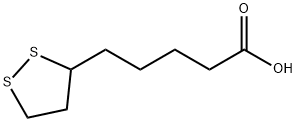


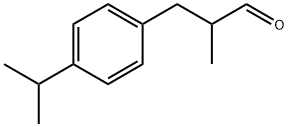



You may like
-
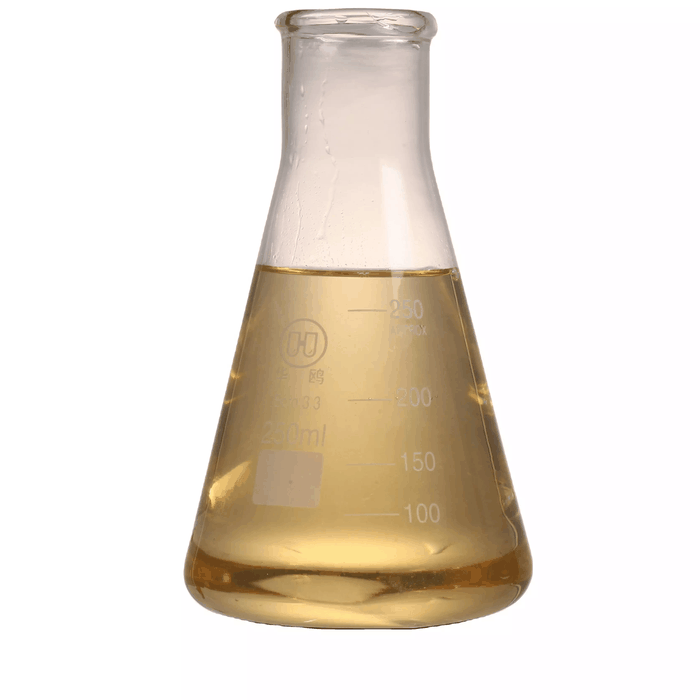 122-40-7 ALPHA AMYL CINNAMIC ALDEHYDE 98%View Details
122-40-7 ALPHA AMYL CINNAMIC ALDEHYDE 98%View Details
122-40-7 -
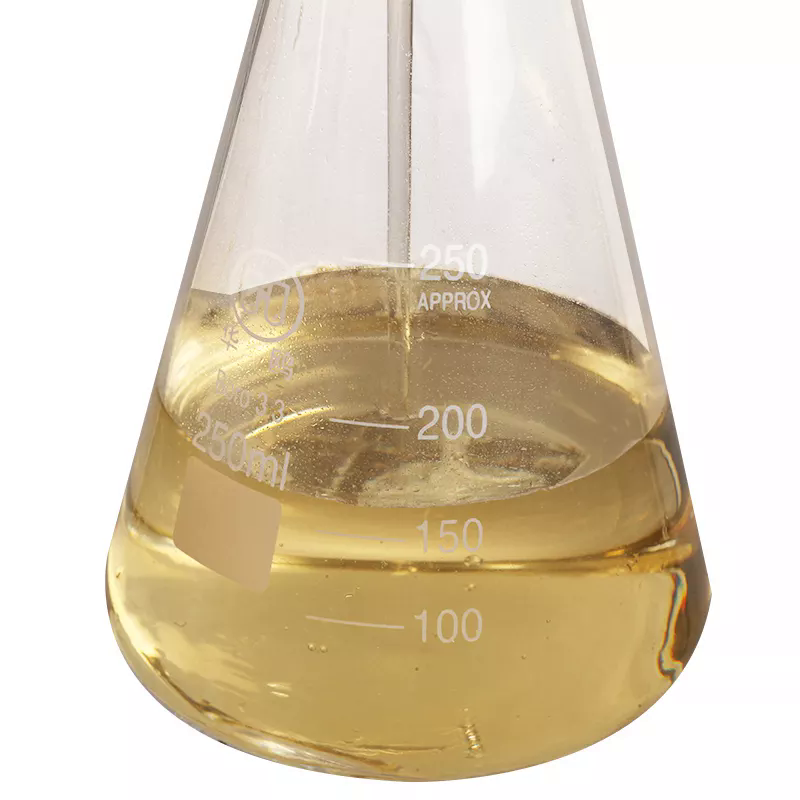 122-40-7 98%View Details
122-40-7 98%View Details
122-40-7 -
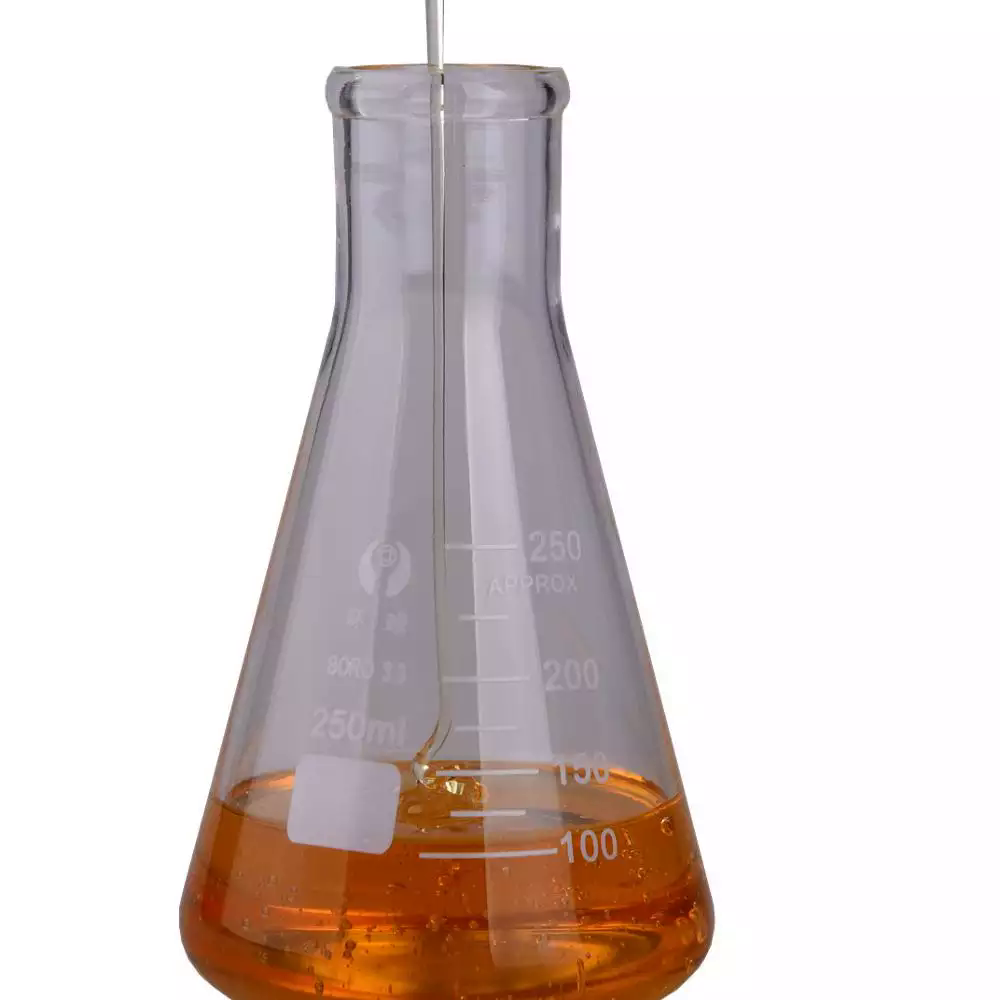 122-40-7 98%View Details
122-40-7 98%View Details
122-40-7 -
 Amyl cinnamicaldehyde CAS 122-40-7View Details
Amyl cinnamicaldehyde CAS 122-40-7View Details
122-40-7 -
 alpha-Amylcinnamic aldehyde 98.00% CAS 122-40-7View Details
alpha-Amylcinnamic aldehyde 98.00% CAS 122-40-7View Details
122-40-7 -
 α-Amylcinnamaldehyde CAS 122-40-7View Details
α-Amylcinnamaldehyde CAS 122-40-7View Details
122-40-7 -
 α-Amylcinnamaldehyde CAS 122-40-7View Details
α-Amylcinnamaldehyde CAS 122-40-7View Details
122-40-7 -
 Alpha Amyl Cinnamic Aldehyde, 99%, 100%View Details
Alpha Amyl Cinnamic Aldehyde, 99%, 100%View Details
104-55-2
